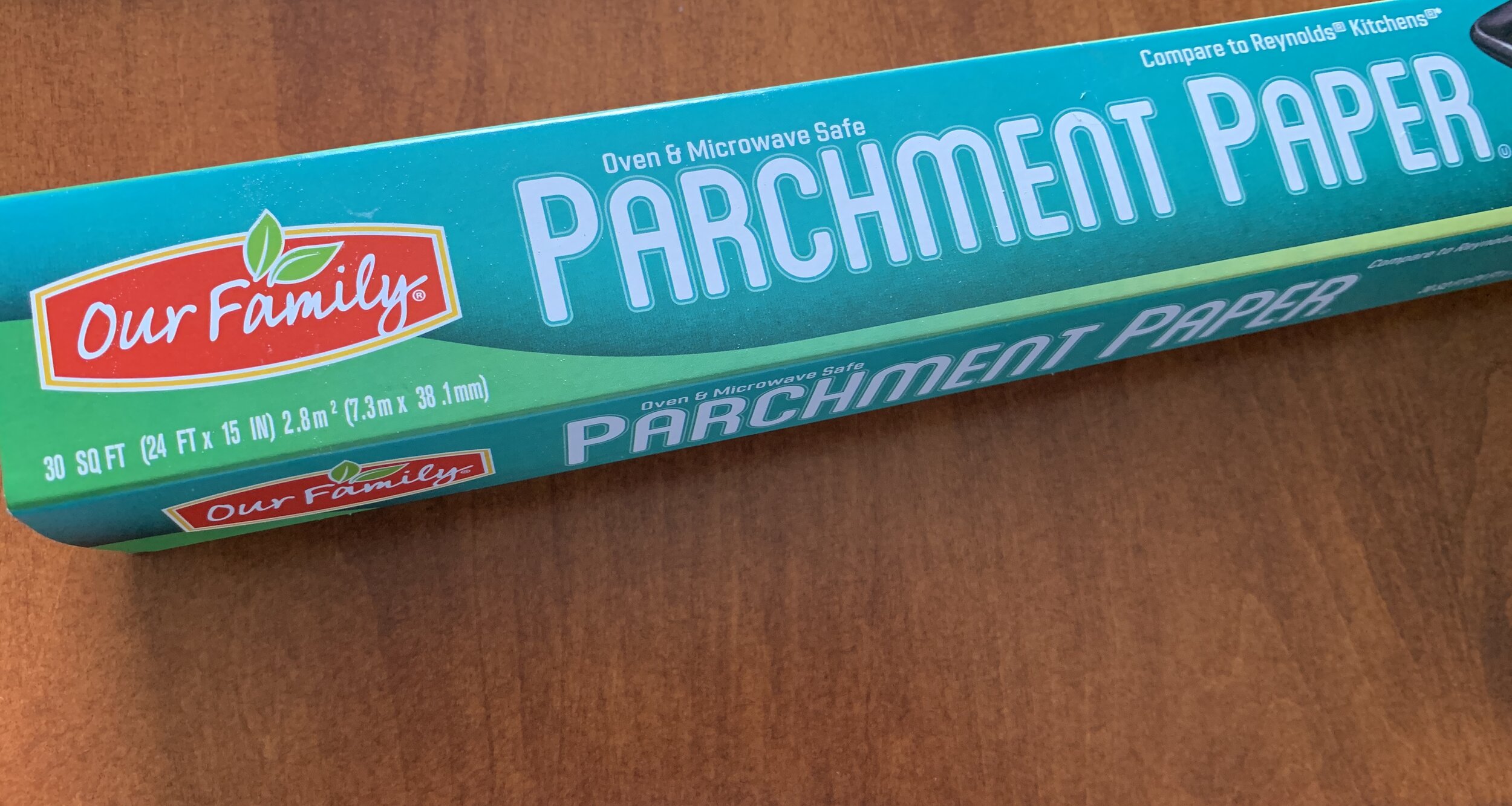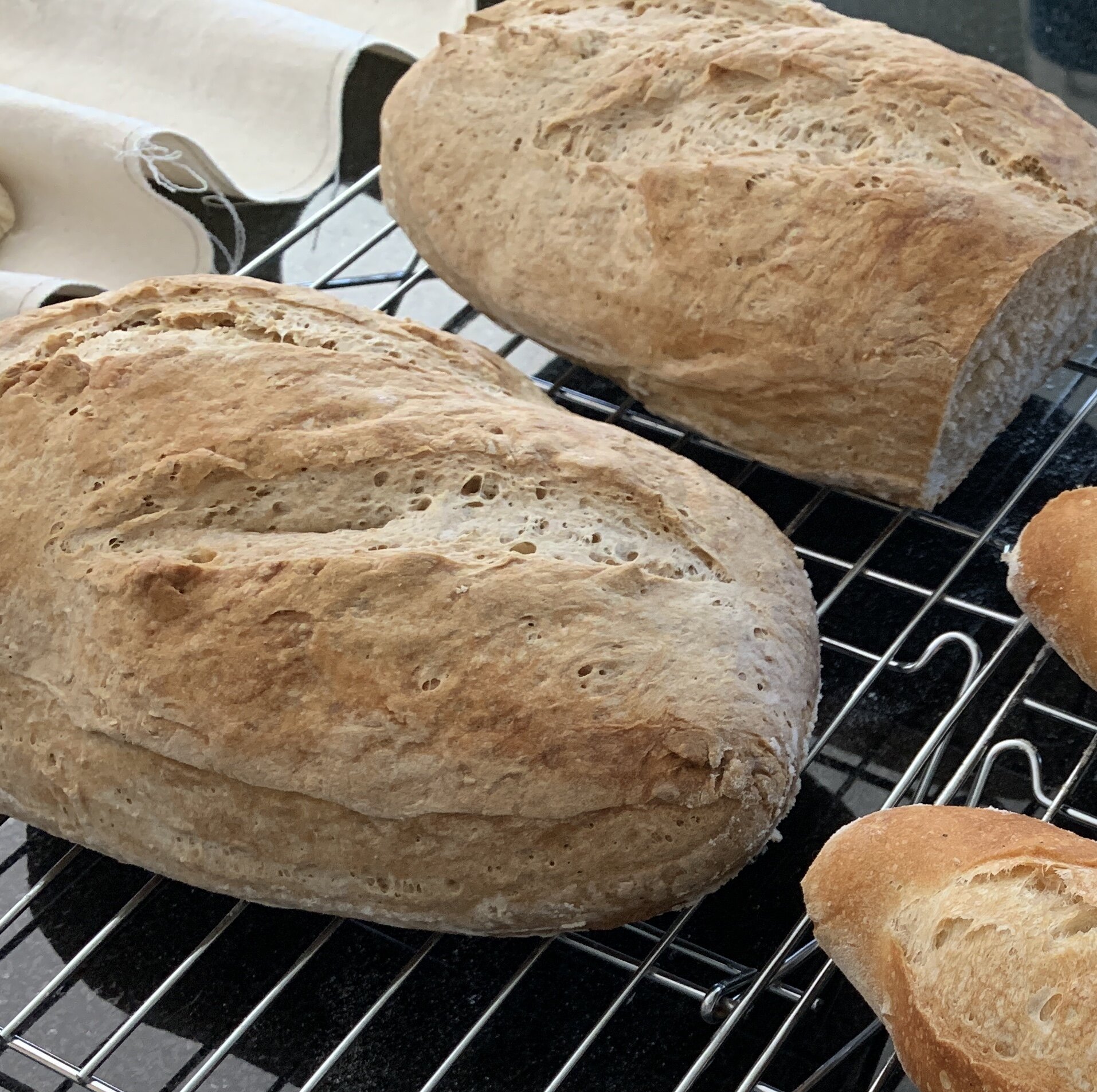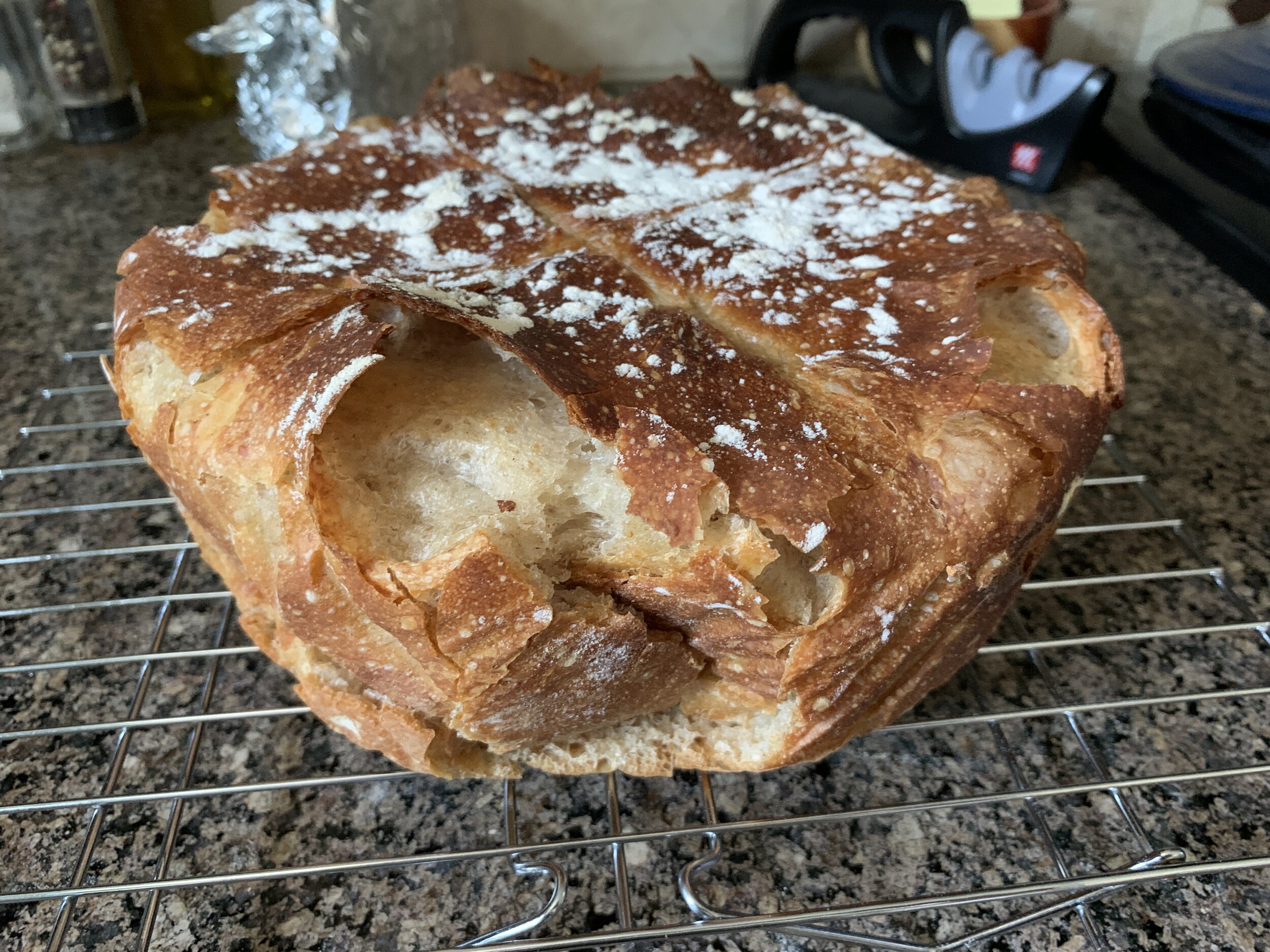Butter Buns.
So, I’ve been baking away all winter, and eating it all, and my pants don’t fit, and Thank God for leggings…and I am Everywoman/man in this, right? Times like these call for…more butter. Butter Buns accurately describes these rolls, the state of all our asses, what we need to do to get said asses into our pants, the name of my next band, and possibly a new term of endearment for pandemic couples everywhere.
I was looking for dinner roll recipes, and stumbled across a post on King Arthur Flour’s site that offered up ways to use discard sourdough starter in several different rolls. The Golden Pull-Apart Butter Buns looked like what I was thinking, so I scribbled the substitutions on the original roll recipe and made a batch.
As I was weighing ingredients, I noted that the weight vs volume measurement of two of them - potato flakes and powdered milk - seemed to be off. More accurate baking calls for measuring by weight, but many recipes also include volume for those who don’t have food scales. As I weighed out the potato flakes, I thought “Well, 23 grams looks like WAY more than the 2 tablespoons it calls for…”
But my usual stance on cooking is to make something according to the recipe first, and then adjust as necessary. And bread can be tricky. So I followed the recipe.
The dough seemed OK, but the estimated 60-90 minutes of rise time, to double in size…was not happening. I let them go to 2 hours before giving up and shaping them into balls and placing in the cake pans for the second rise. Also predicted to take 60-90 minutes. And also did not double in size.
I baked them anyway. They did rise a bit more, but not much. They looked more like biscuits than dinner rolls, and not at ALL like the picture.
The recipe makes 16 rolls and they smelled amazing. They tasted even better. No one cared what they looked like…well, I cared, but they were.so.damn.good. We ate a bunch of them, and I tossed the rest in a bag in the freezer, but we kept pulling them out and eating them…so I made another batch.
I followed the recipe again and debated about the potato flake and dry milk measurements, but again used the weight called for in the recipe. This time I did not use a cake pan, but placed them all in a 9x13 baking dish.
Nothing changed. Dough did not rise properly. Rolls came out looking the same.
We ate them all in less than a week.
“But I wouldn’t serve these to company,” I complained to my husband. “What company?” he replied, before continuing “They’ll be too busy eating them to care what they look like.” He could be right but…
Third batch. This time I changed two things. I used the volume measurements for the potato flour and the dry milk. And just for fun, I changed the shape to a cloverleaf to bake in a muffin tin.
Oh.
OH.
The look is dinner roll. The texture is dinner roll. The taste is dinner roll.
But guess what? These are not quite as tasty as the previous two batches…husband might be on to something, but we’ll need another batch I think, don’t you?













